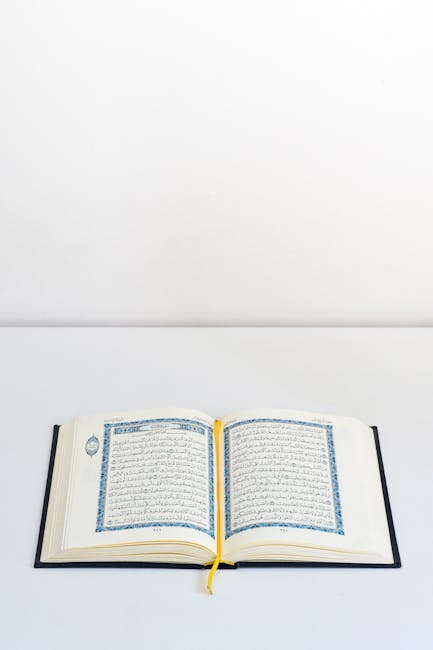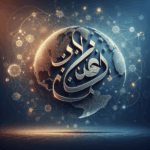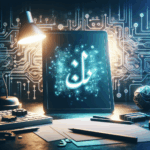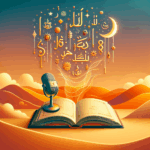The Arabic Alphabet and Its Role in Spiritual Practices
The Arabic alphabet is not just a means of communication but a profound symbol of spirituality and tradition. Throughout history, it has played a crucial role in various spiritual practices, resonating deeply with those who seek a connection beyond the material world. Join me as we explore the enchanting world of the Arabic script and its spiritual significance. 🌟
Table of Contents
1. Introduction to the Arabic Alphabet
2. The Spiritual Significance of the Arabic Script
3. Arabic Calligraphy: Art and Devotion
4. The Alphabet in Islamic Mysticism
5. Conclusion
6. FAQs
Introduction to the Arabic Alphabet
The Arabic alphabet consists of 28 letters, each with its own unique shape and sound. Unlike the Latin alphabet, Arabic is written from right to left, offering a distinct rhythm and flow. This script is not only the foundation of the Arabic language but also a key to understanding the rich cultural and spiritual heritage of the Arab world.
The Spiritual Significance of the Arabic Script
In many spiritual traditions, the Arabic alphabet is more than just letters; it is seen as a divine gift. 📜 The Qur’an, the holy book of Islam, is written in Arabic, and its recitation is considered an act of worship. Each letter is believed to carry spiritual vibrations that resonate with the soul, making the Arabic script a powerful tool for meditation and prayer.
Arabic Calligraphy: Art and Devotion
Arabic calligraphy is an exquisite form of artistic expression that transforms letters into works of art. It is often used to adorn mosques, manuscripts, and even daily objects. This art form is not just about aesthetics; it is a reflection of the artist’s devotion and spiritual connection. The intricate designs and flowing lines of calligraphy are meditative, drawing both the artist and the observer closer to the divine. 🎨
The Alphabet in Islamic Mysticism
In Islamic mysticism, or Sufism, the Arabic alphabet holds a special place. Certain letters and phrases are considered to have esoteric meanings that can lead one to deeper spiritual insights. For instance, the letter ‚Alif‘ is often associated with the oneness of God, symbolizing unity and harmony. Through the study of these letters, Sufis seek to uncover hidden truths and connect with the divine essence.
Conclusion
The Arabic alphabet is a beautiful tapestry of culture, art, and spirituality. Its role in spiritual practices highlights the deep connection between language and the divine. Whether you are admiring a piece of calligraphy or listening to the melodious recitation of the Qur’an, the Arabic script invites us to explore the mystical dimensions of life. ✨
FAQs
Q: Why is Arabic considered a sacred language?
A: Arabic is considered sacred primarily because it is the language of the Qur’an. Each letter and sound in the Arabic script is believed to carry spiritual significance.
Q: How is Arabic calligraphy used in spiritual practices?
A: Arabic calligraphy is often used to create art that contains verses from the Qur’an or other spiritual texts, serving as a visual reminder of one’s faith and devotion.
Q: Can learning the Arabic alphabet enhance my spiritual journey?
A: Absolutely! Learning the Arabic alphabet can provide a deeper understanding of spiritual texts and practices, allowing for a more profound connection with the divine.






